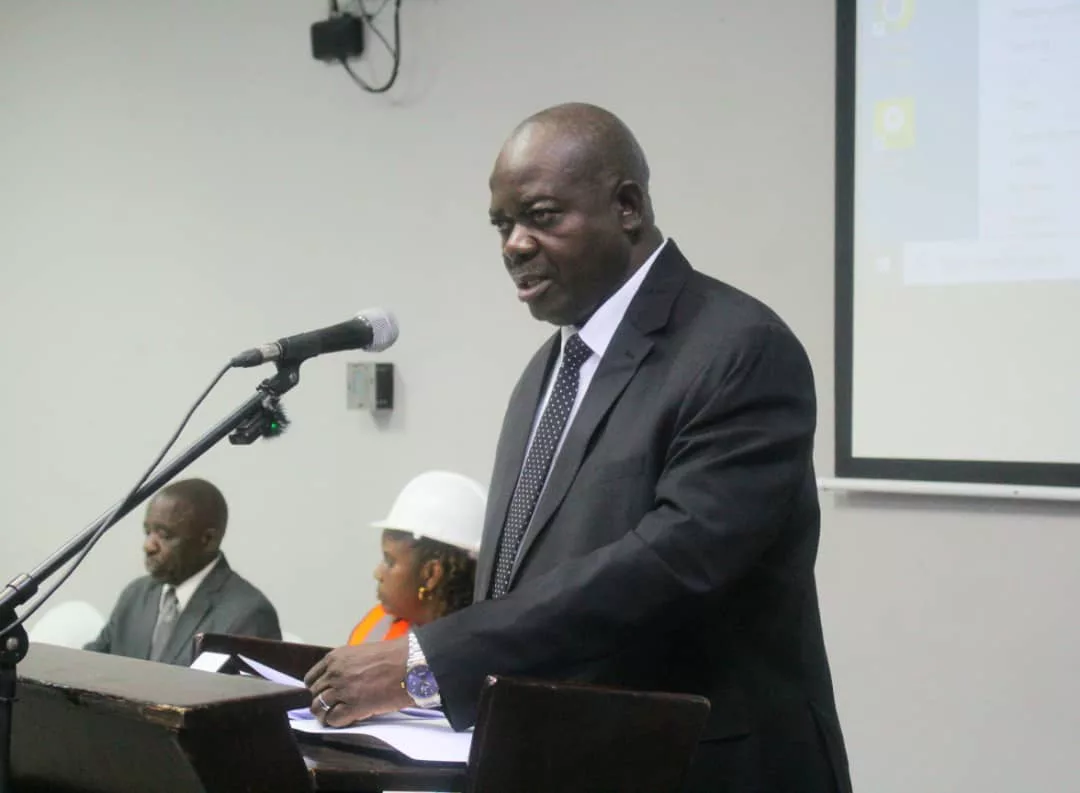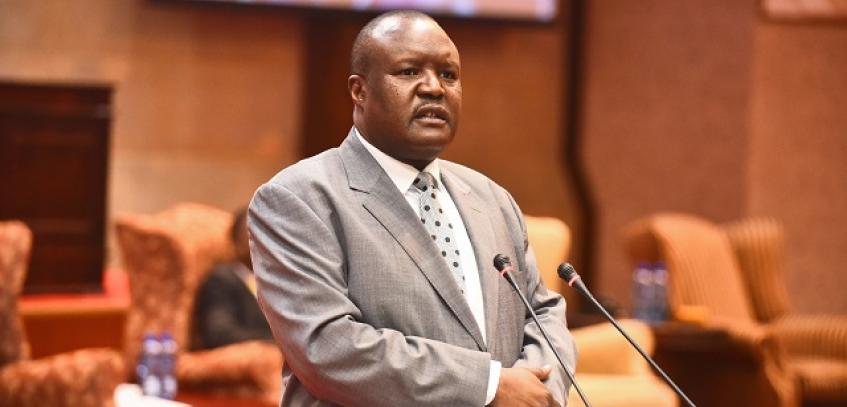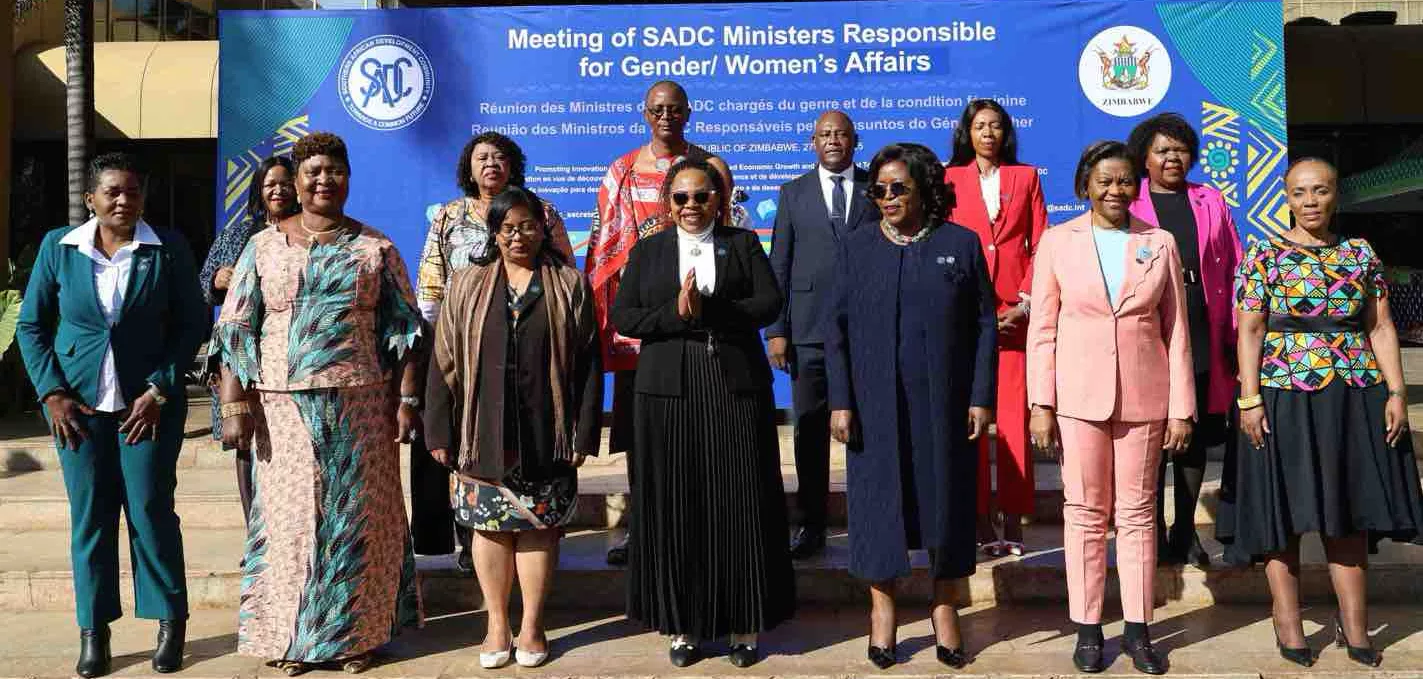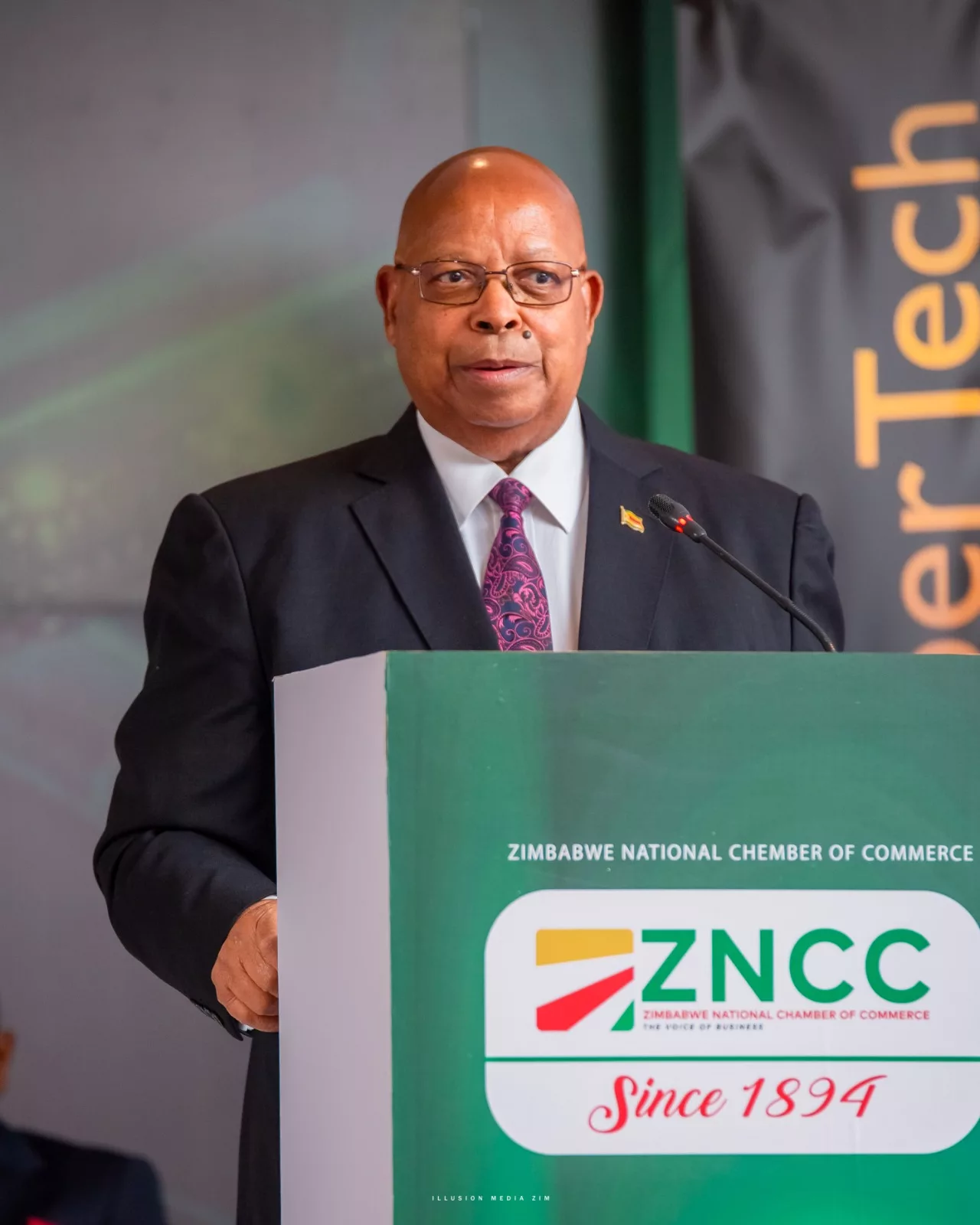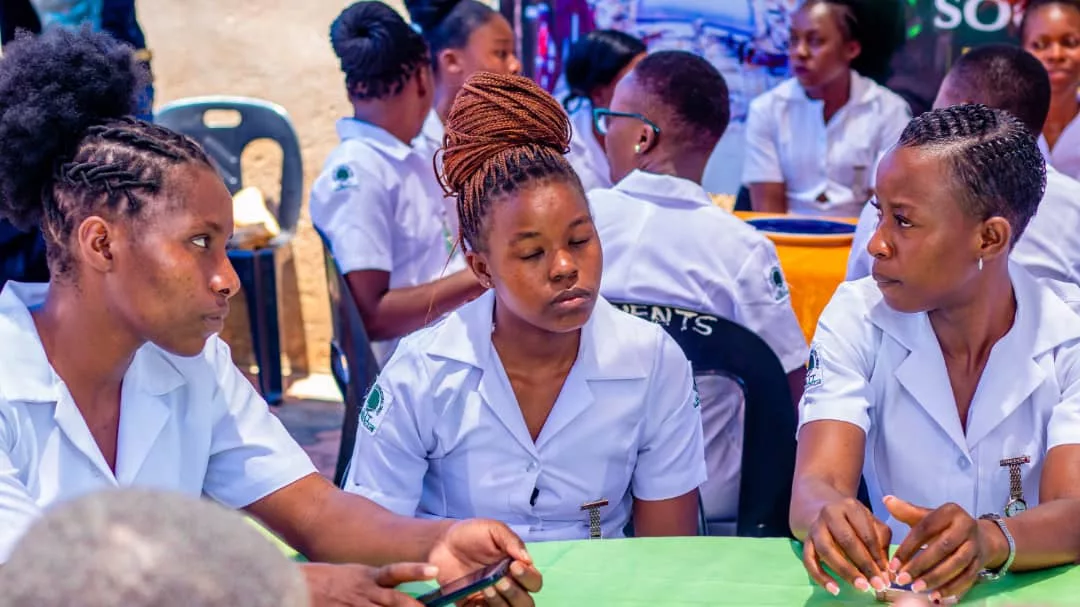|
Getting your Trinity Audio player ready...
|
Zimbabwe’s education sector is under renewed scrutiny following a parliamentary committee report exposing persistent and wide-ranging challenges that threaten the constitutional right to universal, quality education.
This follows a report by the Joint Portfolio Committee on Primary and Secondary Education and the Thematic Committee on Gender and Development on the state of universal access to basic primary and secondary education in Zimbabwe during the second session of the 10th Parliament.
The Joint Committee’s investigation laid bare shortcomings from inaccessible facilities for learners with disabilities to the acute shortage of teacher accommodation in rural areas.
Gaps in Disability-Inclusive Education
The report highlights the State’s failure to fulfil its constitutional obligation under Section 83(e) to provide special facilities for learners with disabilities. Most schools lack disability-inclusive infrastructure, contravening Zimbabwe’s commitments under the United Nations Convention on the Rights of Persons with Disabilities (CRPD).
Long Distances Hindering Access
Despite a government policy limiting the distance children should travel to five kilometres, rural learners, especially girls, continue to face long, arduous journeys to school. This situation discourages attendance, undermines academic performance and perpetuates gendered barriers to education.
Inadequate WASH Facilities
Water, Sanitation and Hygiene (WASH) facilities are critical to school attendance and student health, especially for girls. Yet many schools lack reliable water sources, sanitary pads, and clean, private ablution facilities with incinerators, posing serious health and dignity concerns.
Challenges in School Feeding Programmes
Erratic funding, inconsistent food supplies and a lack of meal variety have undermined the School Feeding Programme’s effectiveness. This shortcoming is particularly damaging in rural areas, where students often rely on school meals for their daily nutrition.
Digital Divide Widening Inequality
Socio-economic disparities mean students in low-income and rural areas often lack access to devices, the internet and even electricity, blocking their participation in online learning. The absence of basic infrastructure like lighting also limits their ability to study effectively.
Problems with BEAM and SIG Programmes
The Basic Education Assistance Module (BEAM), intended to improve access to education for vulnerable children, suffers from late disbursement, mismanagement and underfunding. Similarly, the School Improvement Grant (SIG) is plagued by inconsistent distribution, limiting its impact on infrastructure development.
Dilapidated Infrastructure and Overcrowded Classes
Many schools operate in rundown buildings with insufficient classrooms and no libraries. High pupil-teacher ratios and overcrowded spaces make effective teaching and learning nearly impossible.
Shortage of Teachers’ Accommodation
A critical lack of teacher housing contributes to high turnover rates, especially in rural areas, making it difficult to attract and retain qualified educators. This instability negatively impacts education quality and student outcomes.
Limited Access to Psychological Support
Most schools lack psychological support services, leaving students vulnerable to stress, anxiety and absenteeism. The report noted rising dropout rates due to teenage pregnancies and drug and substance abuse, underscoring the need for dedicated counselling services.
Parliamentary Committee Recommendations
To address these challenges, the Joint Committee has issued a comprehensive set of recommendations with firm timelines:
– Recruitment of additional teachers by 30 June 2025 to reduce high pupil-teacher ratios.
– Construction of new schools by 31 March 2025 to shorten travel distances.
– Community engagement to strengthen school feeding programmes, starting 6 May 2025.
– Collaboration with the Ministry of Information Communication Postal and Courier Services to invest in rural ICT infrastructure by 31 December 2025, and expand internet connectivity and computing facilities in underdeveloped schools by 31 August 2025.
– A review of BEAM’s management and accountability by 31 October 2025.
– A proposed allocation of at least USD 1,000 per school in the 2026 National Budget for accessibility upgrades, including ramps, accessible toilets and signage.
– Bids in the 2026 Budget to acquire assistive learning aids for learners with disabilities.
– A comprehensive assessment of teachers’ accommodation needs and prioritised construction by 31 July 2025.
– Training and deployment of school counsellors by 31 October 2025.
– Integration of mental health programmes into the curriculum, including regular check-ups and awareness campaigns, with local health partnerships in place by 30 September 2025.
Conclusion
The committee’s findings underscore the urgent need to address systemic inequalities in Zimbabwe’s education system. Without decisive action to improve infrastructure, teacher support, inclusive facilities, and mental health services, the goal of universal access to quality education will remain elusive. The report is a stark call to policymakers to prioritise education as the foundation for national development and social equity.


